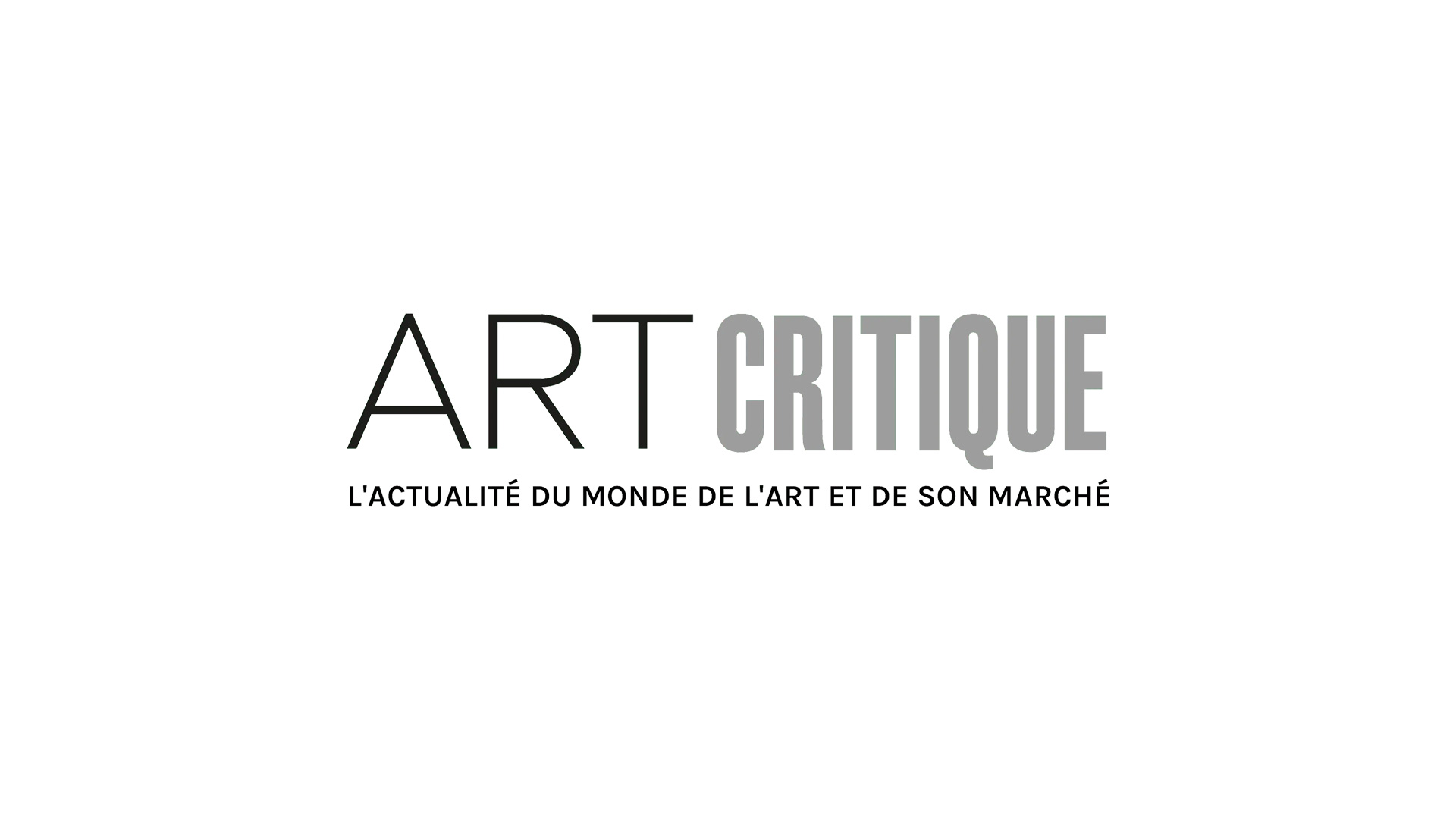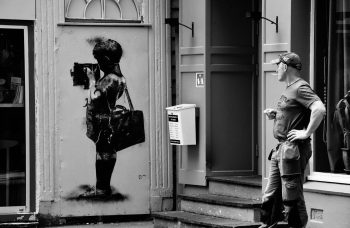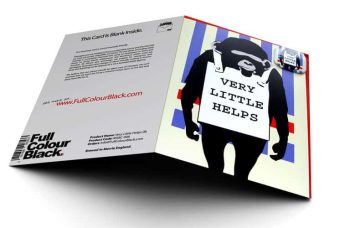As of December 3rd, artist and geographer Trevor Paglen put a massive inflatable mirror into orbit. As a way to highlight the infrastructure of surveillance, Paglen created a large-scale silver balloon out of a lightweight Mylar-like material and sent it into low Earth orbit (about 350 miles above the earth’s surface.) The work sounds like a conspiracy theorist’s nightmare – or dream for that matter. However, the non-functional satellite titled Orbital Reflector is more nuanced, yet, far simpler than that.
Paglen has toiled the notions of unknowingly being watched since the early 2000s. His curiosity was piqued while working toward his Ph. D in geography at the University of California, Berkeley. Working with aerial geological surveys of the US, Paglen took interest in the blank spots. These spots were edited out of the image’s negative – redacting government information. The places were simply erased.

In an interview with NPR, Paglen recalled: ‘When I was doing my dissertation research, it was really the middle of this emergent war on terror…It was a moment when it was clear that the United States had set up a kind of secret architecture for warfare. I wanted to understand, if you were a state: How do you create places, or programs, or even people that “don’t exist”’ His research was a bit uncouth consisting of photos he took from a Vegas hotel of airplanes bringing people in and out of secret military bases, climbing mountains to glimpse military installations through binoculars, and learning to track secret satellites in the sky. He would go on to publish his dissertation as a book titled Blank Spots of the Map: The Dark Geography of the Pentagon’s World.
Earlier this year, DC’s Smithsonian American Art Museum held an exhibition of Paglen’s works titled ‘Trevor Paglen: Sites Unseen.’ Print outs of redacted government emails, maps showing underwater cables used to transmit tapped information, pictures of secret government buildings begged visitors to consider what’s around them – often hidden in plain sight. Kirsten Johnson, documentary filmmaker and friend of Paglen, told NPR that Paglen’s work lives ‘between what we can see and what is actively being hidden from us. Often by governments or military forces. And that edge is where we as citizens can try to investigate what governments want to hide from us.’ She realizes, as well, that his work offers no answers but encourages people to simply look.
Orbital Reflector, created in collaboration with the Nevada Museum of Art, does just that. The mirrored diamond reflects the sun down to Earth making it easily visible from where we stand – like a star in the Big Dipper. While satellites are inherently linked with nuclear war history, Paglen’s work invites us to consider different uses for satellites. Instead of espionage or simply flexing a country’s abilities, what if satellites were simply made to be aesthetically pleasing? – given that you know where to look.
Paglen doesn’t offer any answers to the questions his work brings up and he understands that he won’t ‘change how we use [technology]; however, he does simply ask us to simply take a look around what is sometimes hidden in plain sight.





